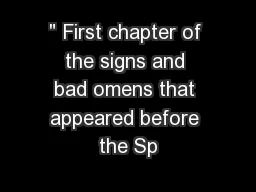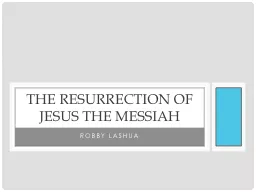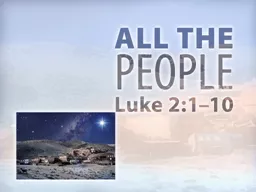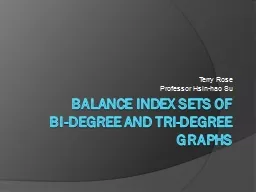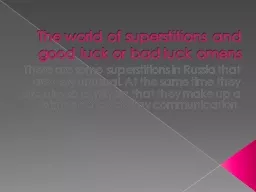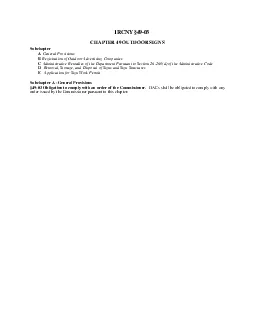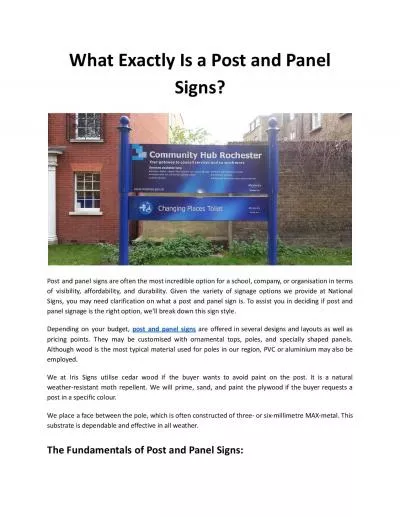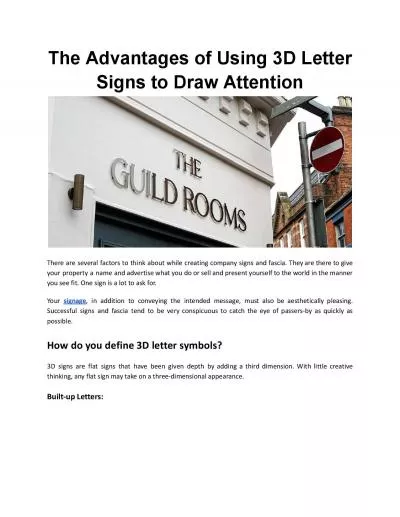PDF-" First chapter of the signs and bad omens that appeared before the Sp
Author : marina-yarberry | Published Date : 2015-09-14
Aztecs Tocuaro Kids Contact 1 Ce The Triangle of Flame This omen appeared ten years before the arrival of the Spanish A huge flame rose up into the sky in the east
Presentation Embed Code
Download Presentation
Download Presentation The PPT/PDF document "" First chapter of the signs and bad ome..." is the property of its rightful owner. Permission is granted to download and print the materials on this website for personal, non-commercial use only, and to display it on your personal computer provided you do not modify the materials and that you retain all copyright notices contained in the materials. By downloading content from our website, you accept the terms of this agreement.
" First chapter of the signs and bad omens that appeared before the Sp: Transcript
Download Rules Of Document
"" First chapter of the signs and bad omens that appeared before the Sp"The content belongs to its owner. You may download and print it for personal use, without modification, and keep all copyright notices. By downloading, you agree to these terms.
Related Documents

